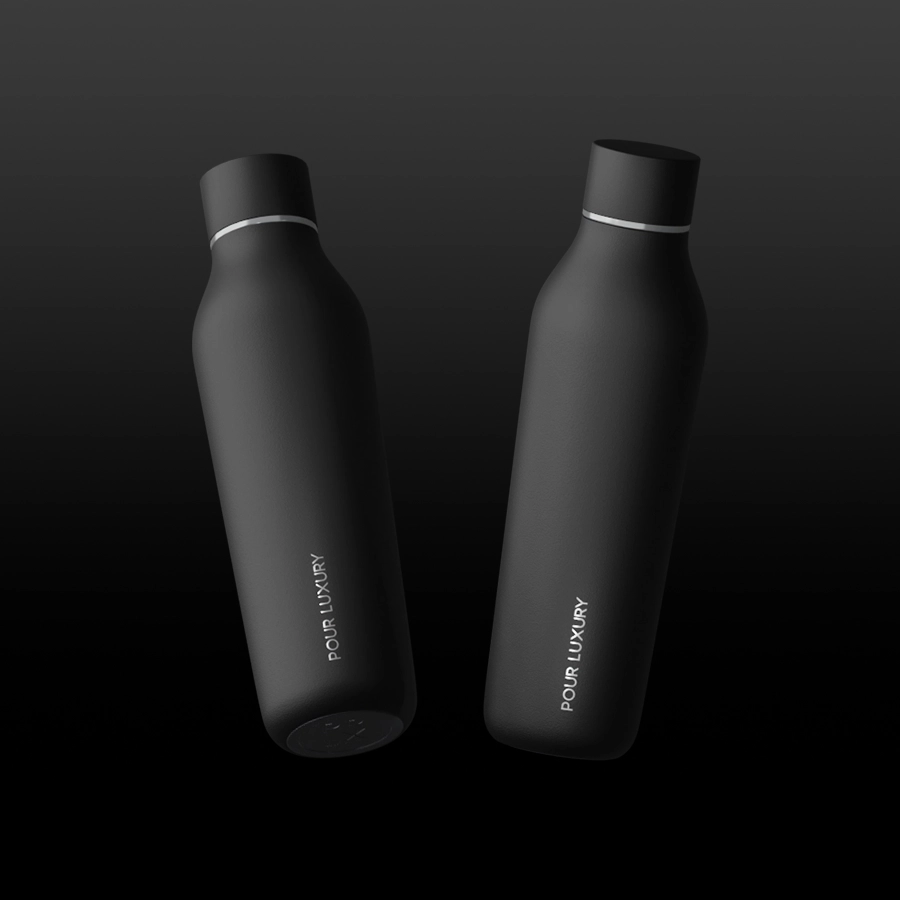Stainless Steel Bottles
The Science Behind Keeping Drinks Cold (or Hot)
Whether you’re an ardent hiker traversing the rugged landscapes, a committed environmental champion striving to minimize single-use plastic, or a health enthusiast ensuring your hydration is free from harmful chemicals, understanding the science behind your trusty stainless steel bottle’s ability to keep your drinks cold (or hot) could enhance your appreciation for this everyday marvel.
The Basics of Heat Transfer
At the heart of a stainless steel bottle’s ability to maintain beverage temperatures lies the science of heat transfer. Heat moves in three primary ways: conduction, convection, and radiation. Conduction occurs when heat travels through a solid material (imagine touching a hot iron). Convection circulates heat in liquids and gases (think of boiling water). Radiation involves heat moving through empty space (like the sun warming your face). For drinks in a bottle, minimizing these heat transfer processes is key to temperature retention.
Stainless Steel’s Role
Stainless steel, an alloy made primarily of iron, chromium, and nickel, offers excellent thermal insulation properties. Compared to materials like plastic or glass, stainless steel is less conducive, meaning it doesn’t transfer heat as efficiently, making it an ideal barrier against heat loss or gain for your beverages.

Insulation Techniques
Advanced insulation techniques take stainless steel bottles’ temperature retention abilities to the next level. Vacuum insulation, or the removal of air between two stainless steel walls, prevents heat transfer by conduction or convection. Some bottles add an extra layer of copper coating on the vacuum-sealed chamber’s outer layer, reflecting heat (radiation) away from the bottle, enhancing its insulating properties.
Environmental and Health Benefits
Opting for a stainless steel bottle extends beyond keeping your coffee hot or your water cool. These reusable bottles contribute significantly to reducing plastic waste—an urgent global issue. Additionally, high-quality stainless steel is non-reactive and free from chemicals like BPA, ensuring that your drinks remain pure and safe to consume.
Practical Tips for Maximum Temperature Retention
- Prepare Your Bottle before Use: Swirl hot or cold water in your bottle for a few minutes before filling it with your beverage to extend temperature retention.
- Keep it Full: A fuller bottle has less air space, reducing the potential for heat transfer inside the bottle.
- Avoid Direct Sunlight: Store your bottle in shaded or insulated environments to minimize heat absorption.
Case Studies and User Experiences
Many outdoor enthusiasts report their stainless steel bottles keeping water ice-cold for over 24 hours in sweltering conditions, while mountain climbers have sipped warm tea after hours in frigid temperatures. Such testimonials highlight not just the effectiveness of these bottles but also their versatility across diverse environments.
Conclusion
The allure of stainless steel bottles goes beyond their sleek design; it’s embedded in the material’s superior ability to counteract the principles of heat transfer. For the outdoors enthusiast, eco-friendly consumer, or health-conscious individual, a stainless steel bottle is more than a container—it’s a testament to the harmony of form, function, and sustainability.



